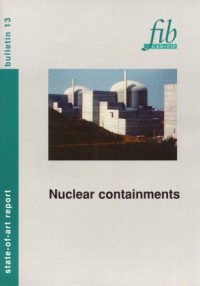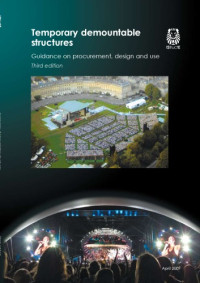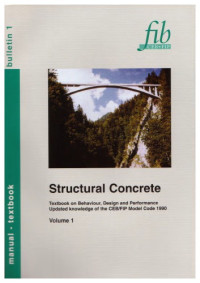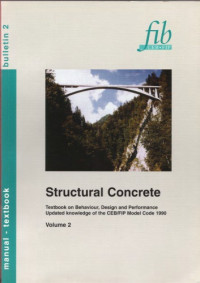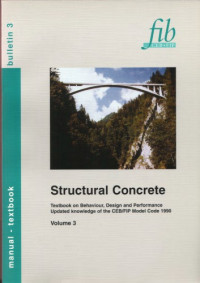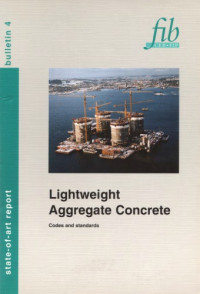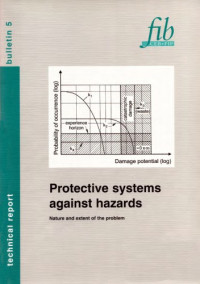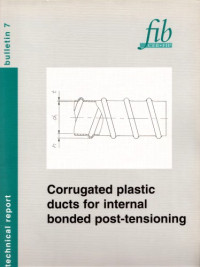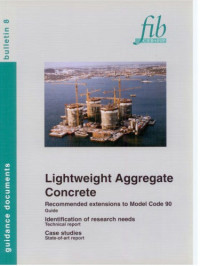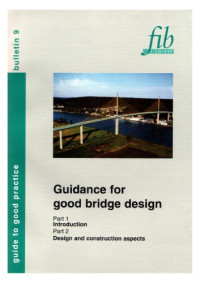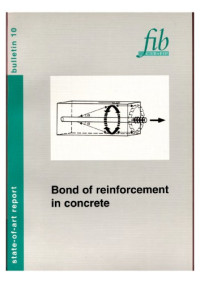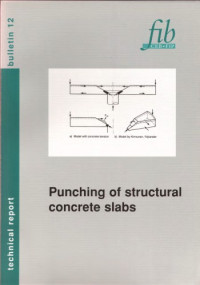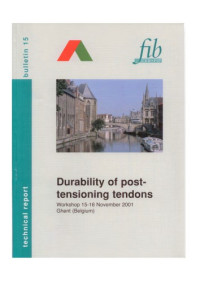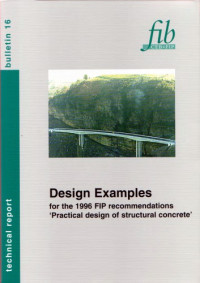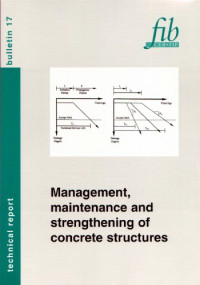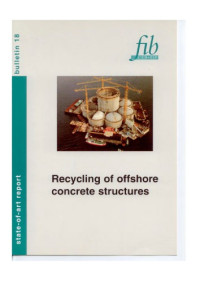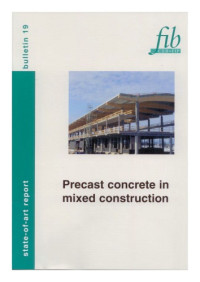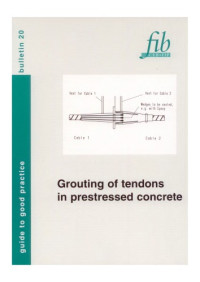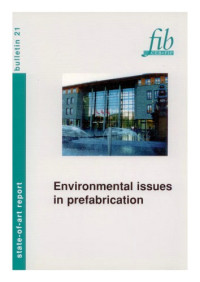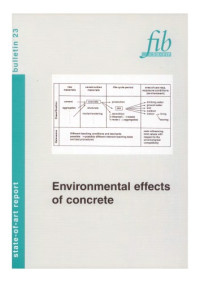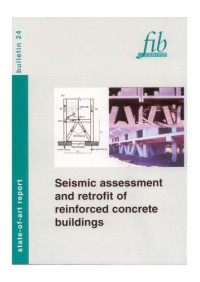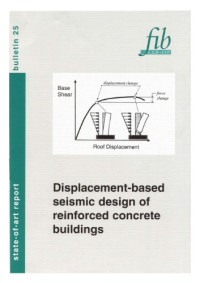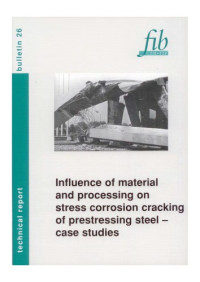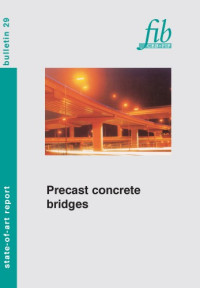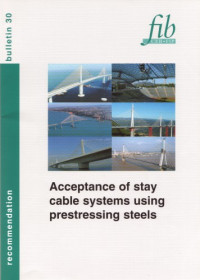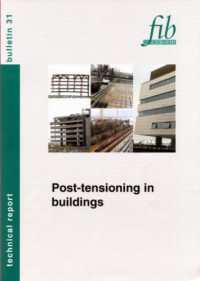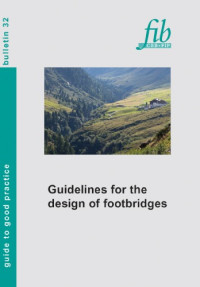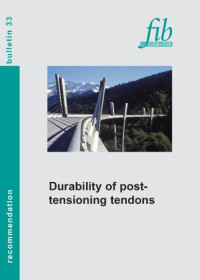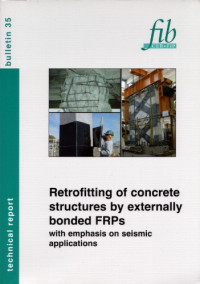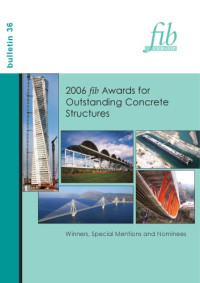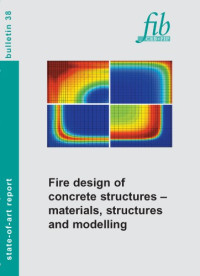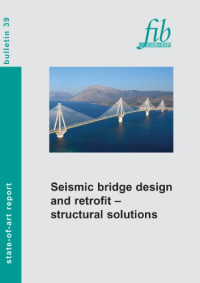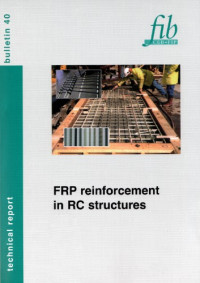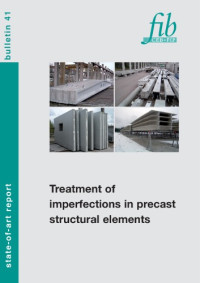
FIB 28: Environmental design
The construction industry, including the concrete industry, faces the transformation process from the traditional building process to the new approach, "sustainable construction". Environmental aspects represent a key role in this process. The principal importance of the environmental impact evaluation of concrete structures follows from the high amount of concrete structures built around the world every year.
The specific amount of harmful impacts embodied in concrete unit is, in comparison with other building materials, relatively small. However, due to the high production of concrete, the final negative environmental impact of concrete structures is significant. Any improvement of concrete design principles, methodologies of assessment, construction and demolition technologies, and management of operation and use of concrete structures thus provides a very significant contribution to the general goal: the achievement of a development process in the sustainable way.
The objective of this state-of-art report is provide the framework of so-called environmental design, to document "Best Available Technology" (BAT) for concrete structures from an environmental point of view and to summarize methodologies for environmental impact evaluation and optimization of concrete structures. Although the authors of the report were from Europe and Japan, it was attempted to collect information as widely as possible.
The specific amount of harmful impacts embodied in concrete unit is, in comparison with other building materials, relatively small. However, due to the high production of concrete, the final negative environmental impact of concrete structures is significant. Any improvement of concrete design principles, methodologies of assessment, construction and demolition technologies, and management of operation and use of concrete structures thus provides a very significant contribution to the general goal: the achievement of a development process in the sustainable way.
The objective of this state-of-art report is provide the framework of so-called environmental design, to document "Best Available Technology" (BAT) for concrete structures from an environmental point of view and to summarize methodologies for environmental impact evaluation and optimization of concrete structures. Although the authors of the report were from Europe and Japan, it was attempted to collect information as widely as possible.
권:
28
년:
2004
출판사:
FIB - The International Federation for Structural Concrete (fib - fédération internationale du béton
언어:
english
페이지:
81
ISBN 10:
2883940681
ISBN 13:
9782883940680
파일:
PDF, 5.12 MB
IPFS:
,
english, 2004
 Amazon
Amazon  Barnes & Noble
Barnes & Noble  Bookshop.org
Bookshop.org  파일을 변환하실 수 있습니다
파일을 변환하실 수 있습니다  더 많은 검색 결과
더 많은 검색 결과 기타 혜택
기타 혜택 